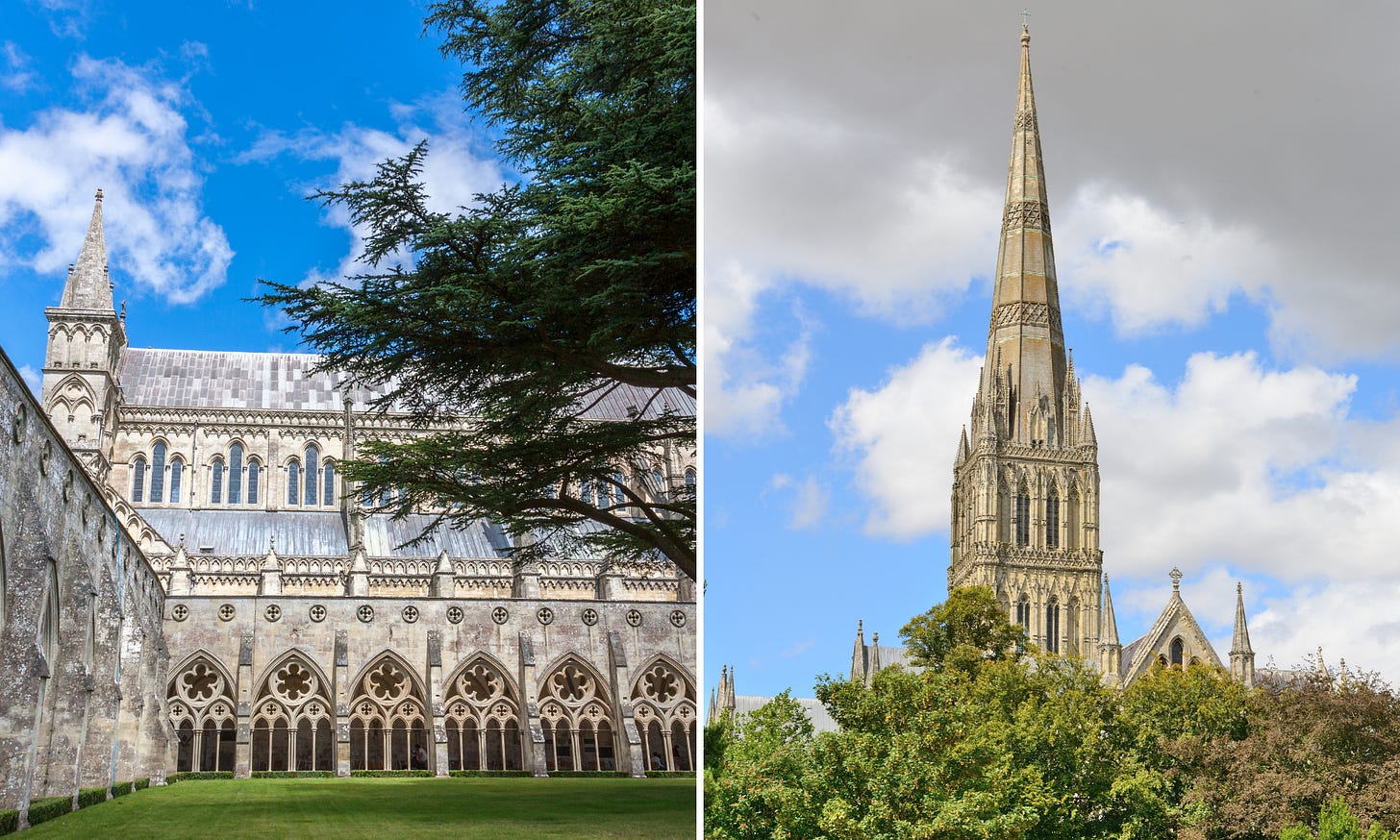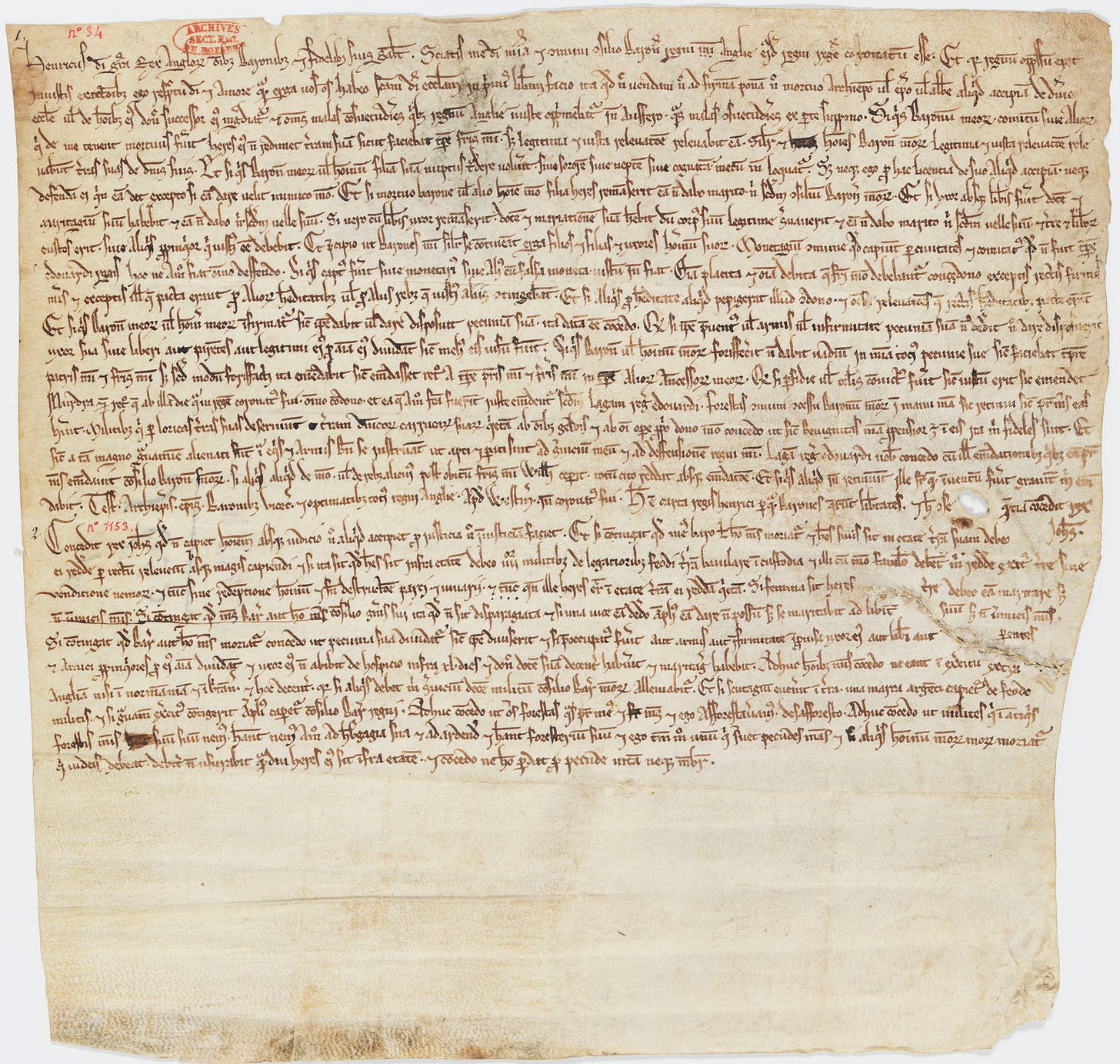By Annette J Beveridge
Happy New Year to all of our subscribers and a huge thank you to all for supporting us as we progress with our digital magazine.
Over the festive season, I began to wonder about our way of life and how it must have changed over the centuries. That got me thinking about a very important document held in Salisbury, one that shaped history for us all.
So with this first Inside Salisbury of 2025, let’s explore the relevance of the Magna Carta and why one of only four remaining copies can be seen at Salisbury Cathedral.
Regards,
Annette J Beveridge
Email: contact@insidesalisbury.uk
The Magna Carta - What is it and why is it important?
To understand the relevance of the Magna Carta we must turn our attention back to England in the 1200s. Not only was there a shortage of money in the country, but life was becoming increasingly difficult for the new King of England in various ways.
King John
King John was facing wars with France but also had to contend with powerful English barons who were putting pressure on him to make significant changes to the way England worked.
King John had been crowned King of England in 1199 after his brother Richard I died without legitimate heirs.
As King, Richard had not been careful with the country’s finances. He had spent money and time fighting against France and going on crusades. Captured by Henry VI, the Holy Roman Emperor, King Richard had only been released when a hefty ransom was paid which had a great impact on England’s already dwindling finances.
To give an idea as to the scale of the problem, King Richard spent only six months in England during his 10-year reign, and his time fighting in the Crusades had left the country greatly in debt.
King John’s reign was not altogether popular. There were many problems to deal with including the Pope, France and his own somewhat unruly barons.
Keep reading with a 7-day free trial
Subscribe to Inside Salisbury to keep reading this post and get 7 days of free access to the full post archives.






